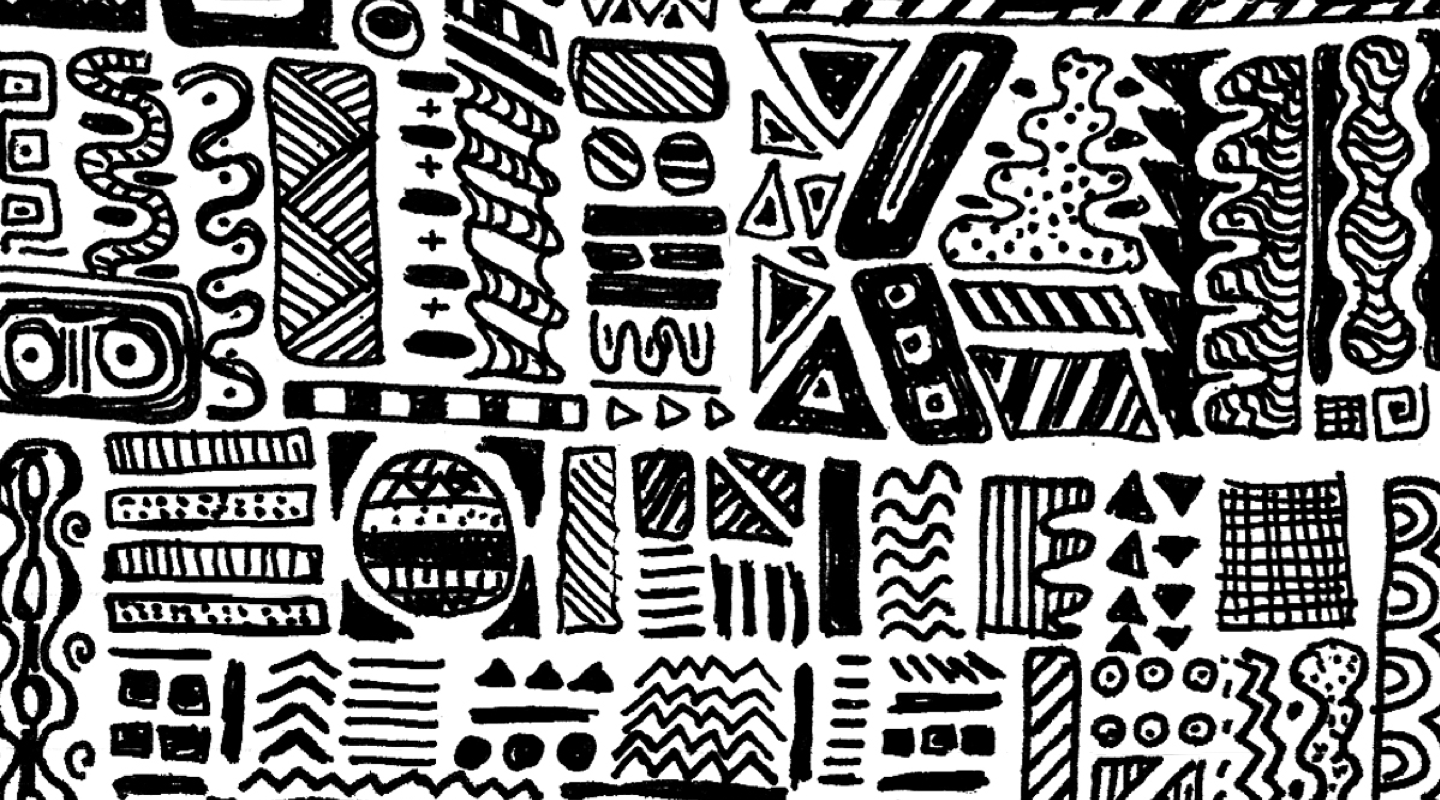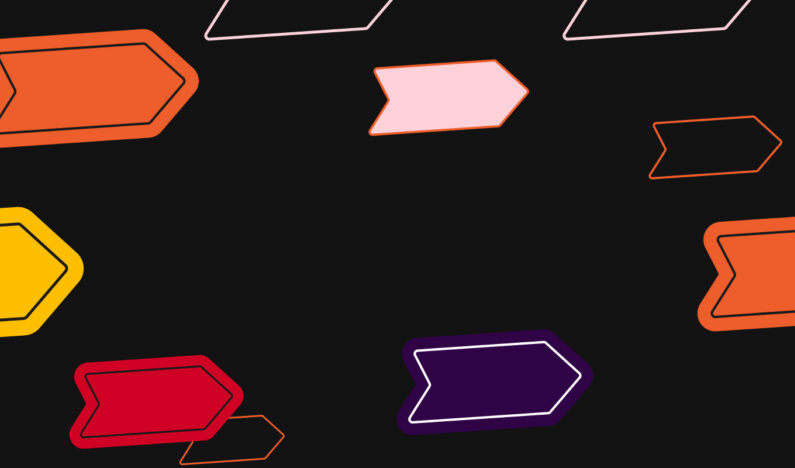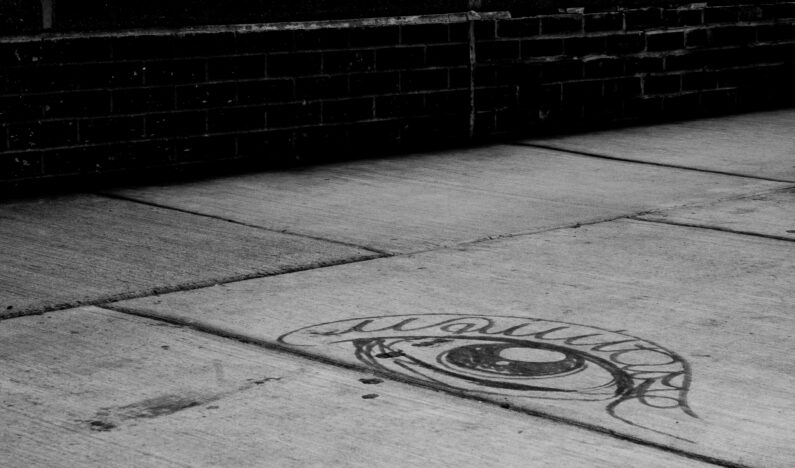The other day I was sketching, as many of us Cricketeers like to do to visualize ideas quickly, when I made a mistake on what I was drawing. Command+Z, I thought, command+Z. But there was no edit-undoing what I had done to that sheet of paper. Unlike the realm computers, where you can endlessly revise, redo, copy, undo, re-undo, create-new-from-template and step backwards into the previous states of a document’s history, sketching on paper is much more of a here-and-now experience. This makes it both limiting and liberating at the same time—limiting in that each mark you make is permanent and cannot be continuously copied and altered indefinitely in a virtual dimension, but liberating in that the possibilities that arise when you put a pencil to paper are vastly more varied and interesting than what would come from going straight to the computer. And this is what makes sketching an essential, not to mention fun, part of the design process.
Idiosyncrasy and unexpectedness are things that help make good design good. This doesn’t mean sloppiness or carelessness. People enjoy and resonate with a piece of design more when it contains some human element of imperfection rather than looking like a robot produced it. Sketching helps designers reconnect with the playful and experimental side of image-making, improvising and exploring ideas before they’re “right” or “wrong” yet, when the marks we make can just exist on the page as what they are: undifferentiated, with multiple potential futures awaiting them. Even from a biomechanical standpoint, when you sit down with a pencil, your hand moves in directions and creates variations that don’t happen while piggy-backing a mouse or using the pen-tool in Illustrator software.
The iconic designer Milton Glaser said, “Computers are to design as microwaves are to cooking.” At Cricket, we unquestionably practice this idea, and not even intentionally, but because that’s how we naturally enjoy designing. Just like a good meal requires fresh, quality ingredients and the skill to combine them in the right amounts and at the right time, good design also needs to start with the fresh, raw ingredients sketched out on paper. A microwave can always re-heat a good meal (unless it’s pizza or French fries, which is just gross), but it can’t enhance a meal that wasn’t good to begin with. Similarly, a computer is best used to refine and finalize what has first been given enough love and attention on paper. Otherwise you’ll be left with soggy pizza.



